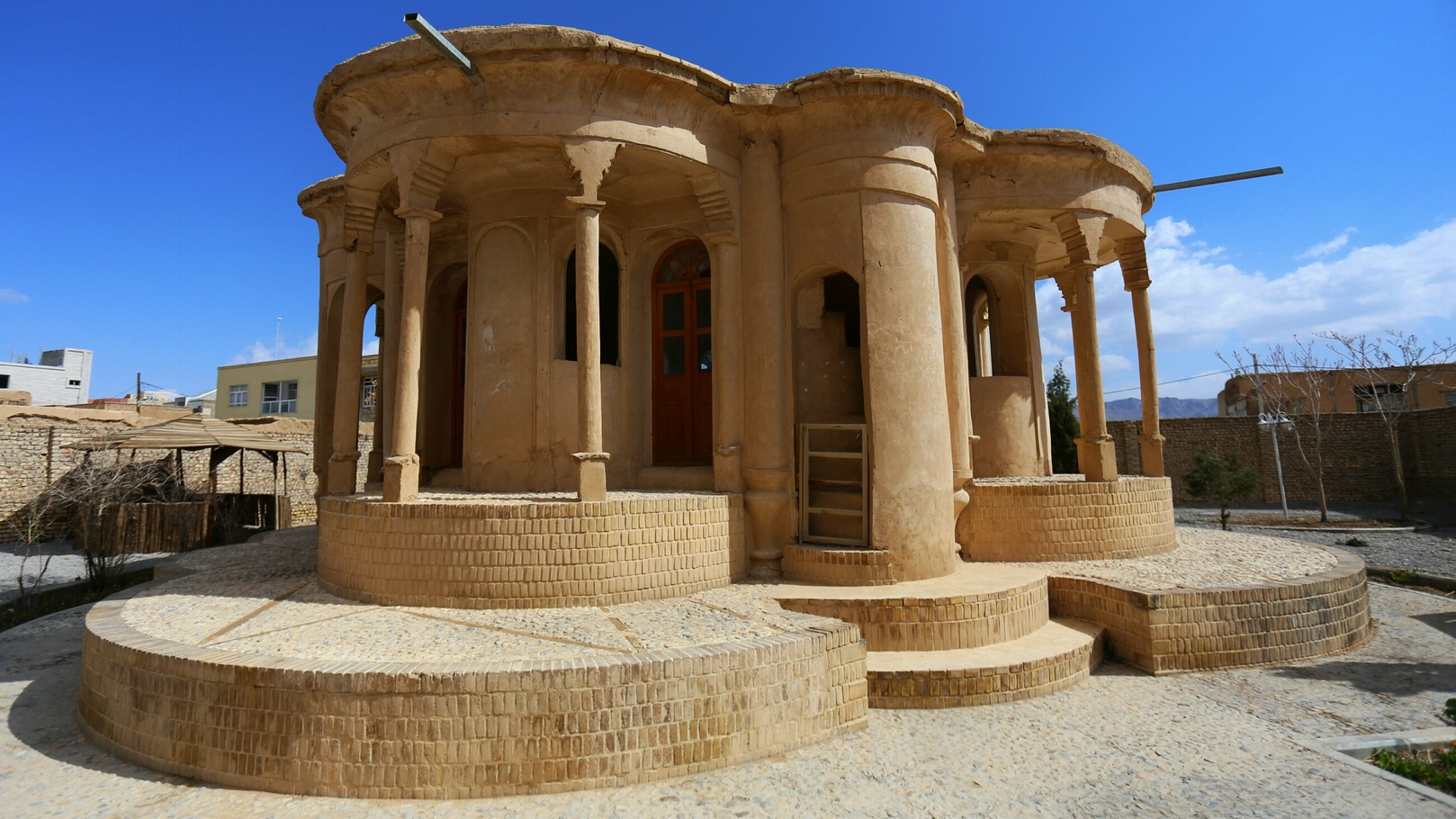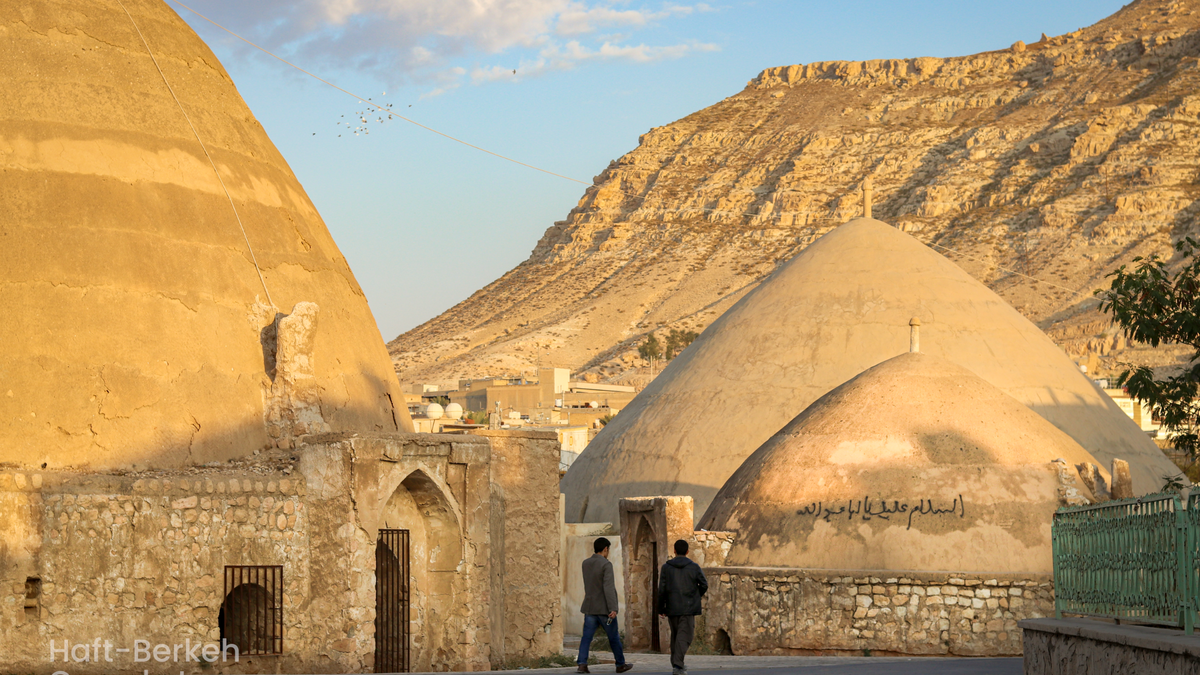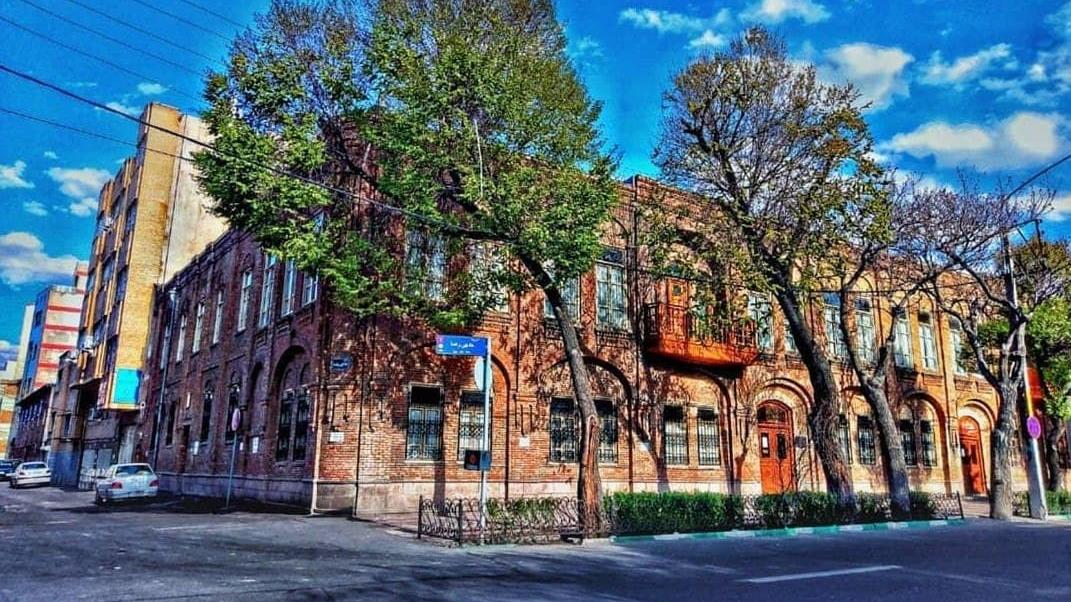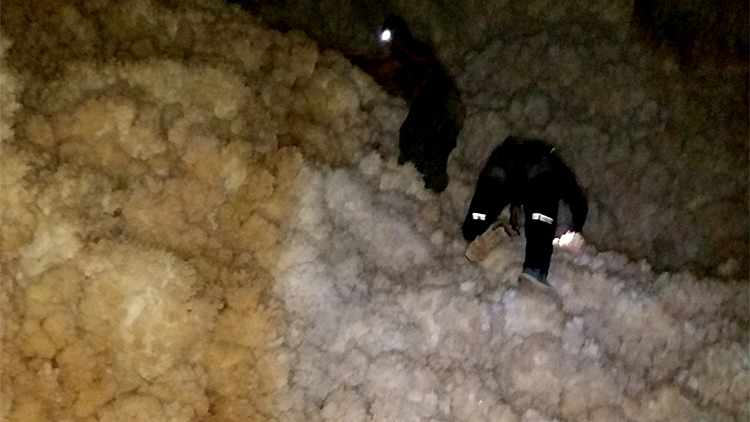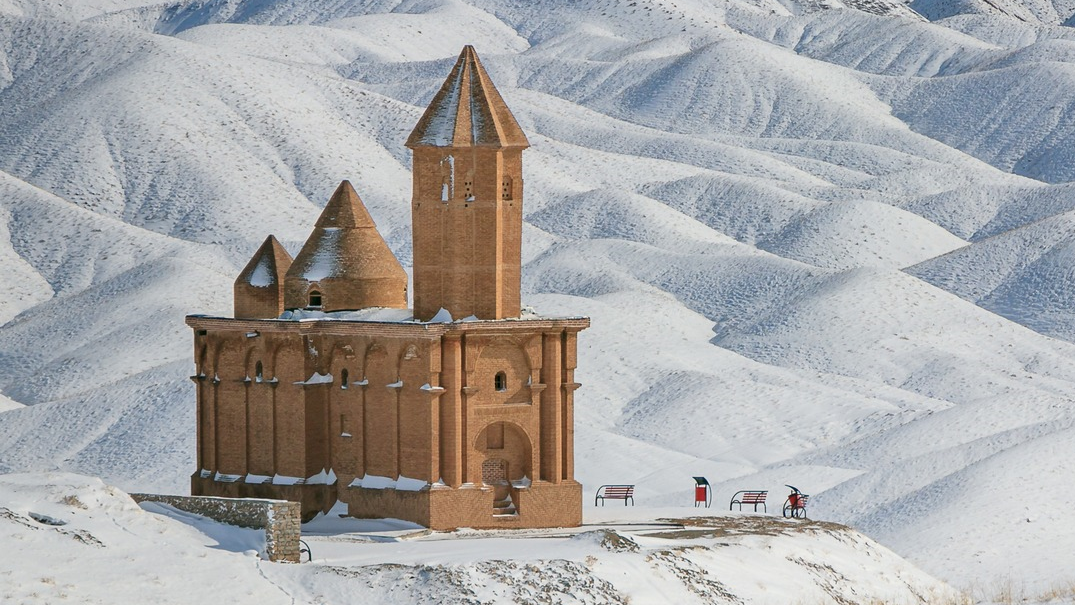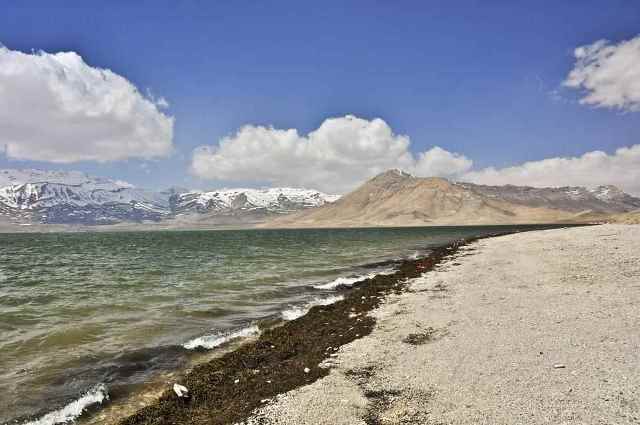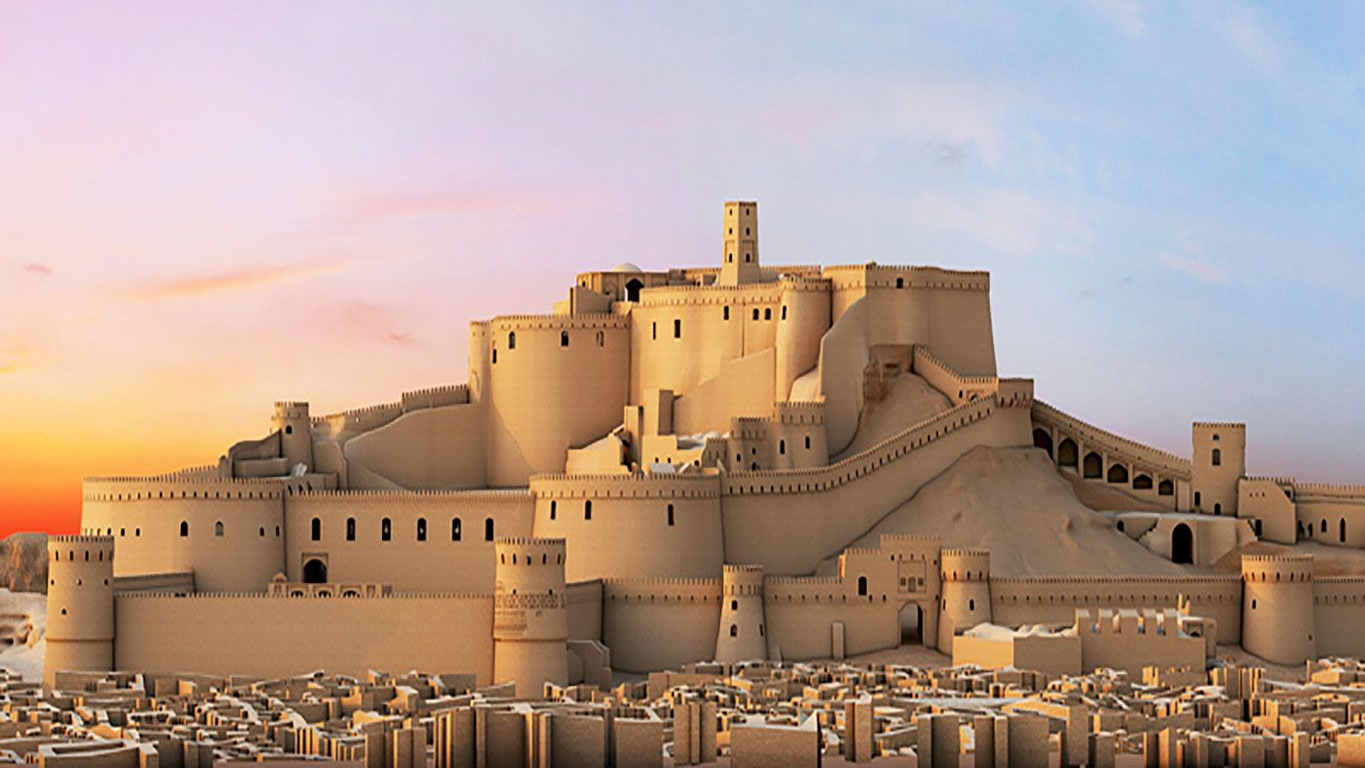
Nobar Bathhouse of Tabriz
The first cases of public bathhouses (called Hammam or Garambeh in Persian) were seen in ancient Iran and later on, spread to other countries as well, and public baths were built in North Africa, the Ottoman Empire, and Southern Europe.
These public bathhouses provided services to men and women in separate shifts every day. Sometimes, twin bathhouses were built in which the parts used by men and women were separated.
Public bathhouses were not merely used for bathing. Until a few decades ago certain special traditions usually related to wedding ceremonies would take place in them, for some people, it was also considered a place of recreation, some used to get together there to talk and have fun by eating snacks and drinking hot drinks. Today, many bathhouses in Iran have been turned into museums (mainly anthropological museums) and places to display the traditions and customs of the local people.
Architecture and Features of Nobar Bathhouse of Tabriz
Located in a neighborhood in the middle of the city and opposite the Tabriz Municipal Palace, the use of different geometric shapes is considered one of the characteristics of Nobar Bathhouse. The combination of these forms had made the interior architecture of the bathhouse very special and pleasing. Like many other old bathhouses of Iran, this bathhouse was built next to a caravanserai.
The architectural style of the Nobar Bathhouse of Tabriz is similar to other historical bathhouses of Iran, consisting of a “Sarbineh” (dressing area) and a “Garmkhaneh” (washing area). The Sarbineh of this bathhouse is an octagonal space with eight columns. The dome-shaped roof of the bathhouse is mounted on these eight columns, and an arch is formed between each two columns. In the middle of Sarbineh, an octagonal pond was built, which was in alignment with the overall structure of this part of the building. Sarbineh has two entrances: the first is from the main door, which ends in Sarbineh after a long hallway. The purpose of the unusual length of this corridor was to prevent cold air from entering the bathhouse. Keeping the bathhouses warm was very important, especially for a city like Tabriz where the cold season is hard and long. The second entrance to Sarbineh is through a staircase. A coffee house and a shop had been built at the end of this staircase.
The Garmkhaneh, which, unlike Sarbineh, has a square structure and four columns, has a dome-shaped roof and arches built over these columns, which are not round octagonal in shape. A few stone stools can be seen in the bathhouse, which were used for sitting, resting, and changing clothes. Nobar Bathhouse of Tabriz has an attractive and pleasant combination of bricks and tiles and beautifully illustrated inscriptions.
History of Nobar Bathhouse of Tabriz
The available documents and maps show that the Nobar Bathhouse of Tabriz was built about 150 years ago, during the Qajar era. A person by the name of “Balakazem”, who was from Qara Aghaj City, had designed the architecture of this bathhouse. Bricks were used in the main structure, plaster was used in the joists and ceilings, and carved stones were used in the columns and floor, and dados.
The bathhouse has been renovated several times. Nobar Bathhouse of Tabriz was turned into a traditional restaurant and the largest of such restaurants in Tabriz and hosted the Naqali and other traditional entertaining programs, which were sometimes performed on the roof of the bathhouse.
The historical Nobar Bathhouse of Tabriz was inscribed on the list of Iran’s national heritage in the year 1999.
The first cases of public bathhouses (called Hammam or Garambeh in Persian) were seen in ancient Iran and later on, spread to other countries as well, and public baths were built in North Africa, the Ottoman Empire, and Southern Europe.
| Name | Nobar Bathhouse of Tabriz |
| Country | Iran |
| State | East Azerbaijan |
| City | Tabriz |
| Type | Historical |
| Registration | National |
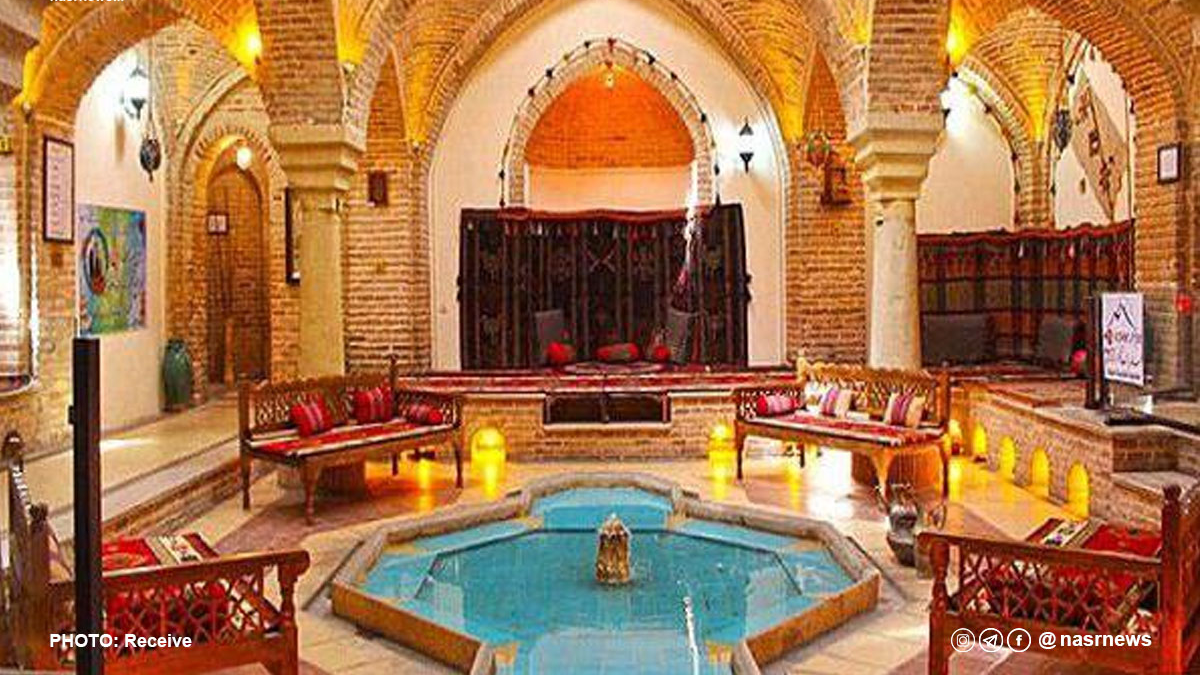
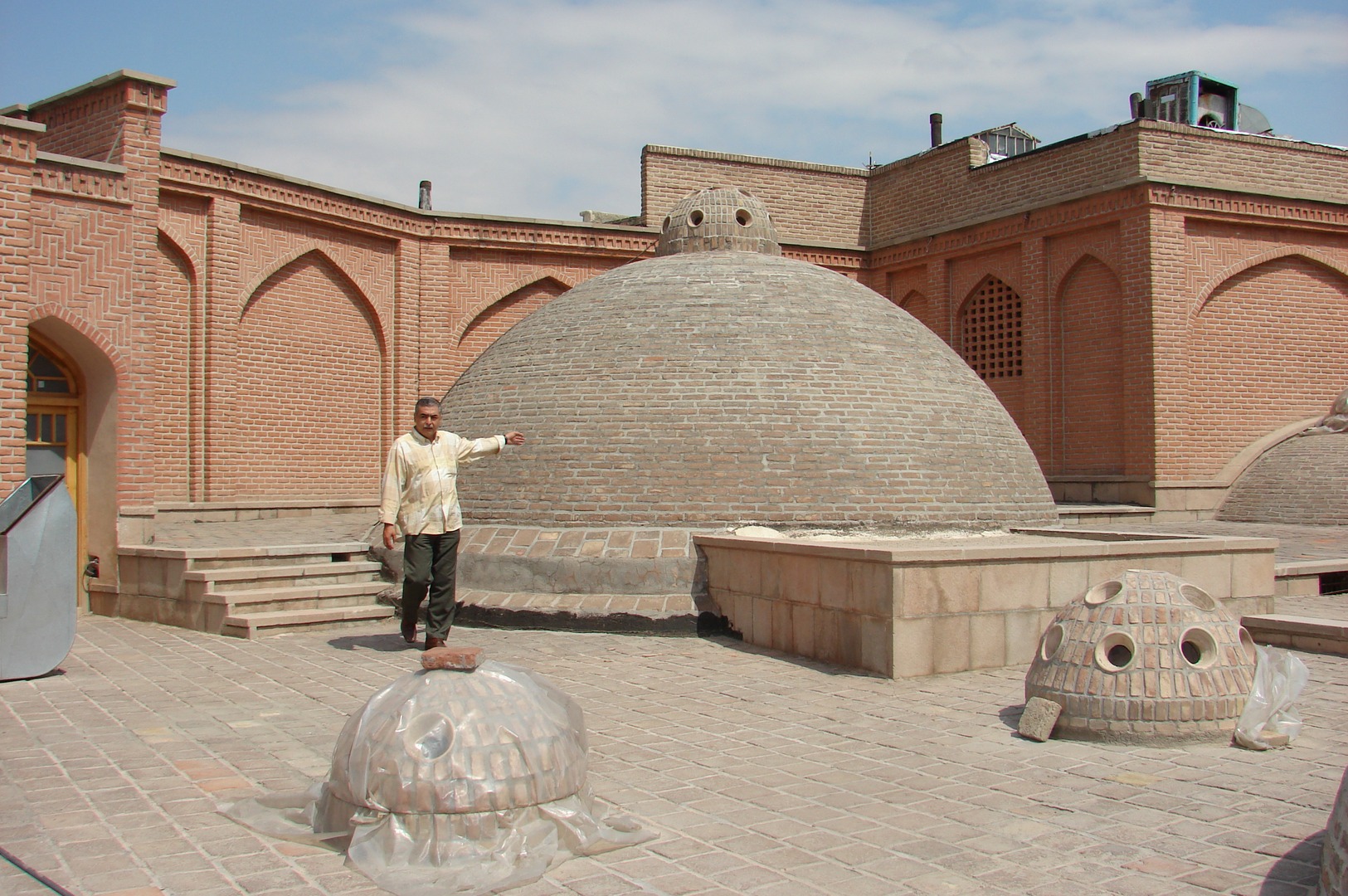
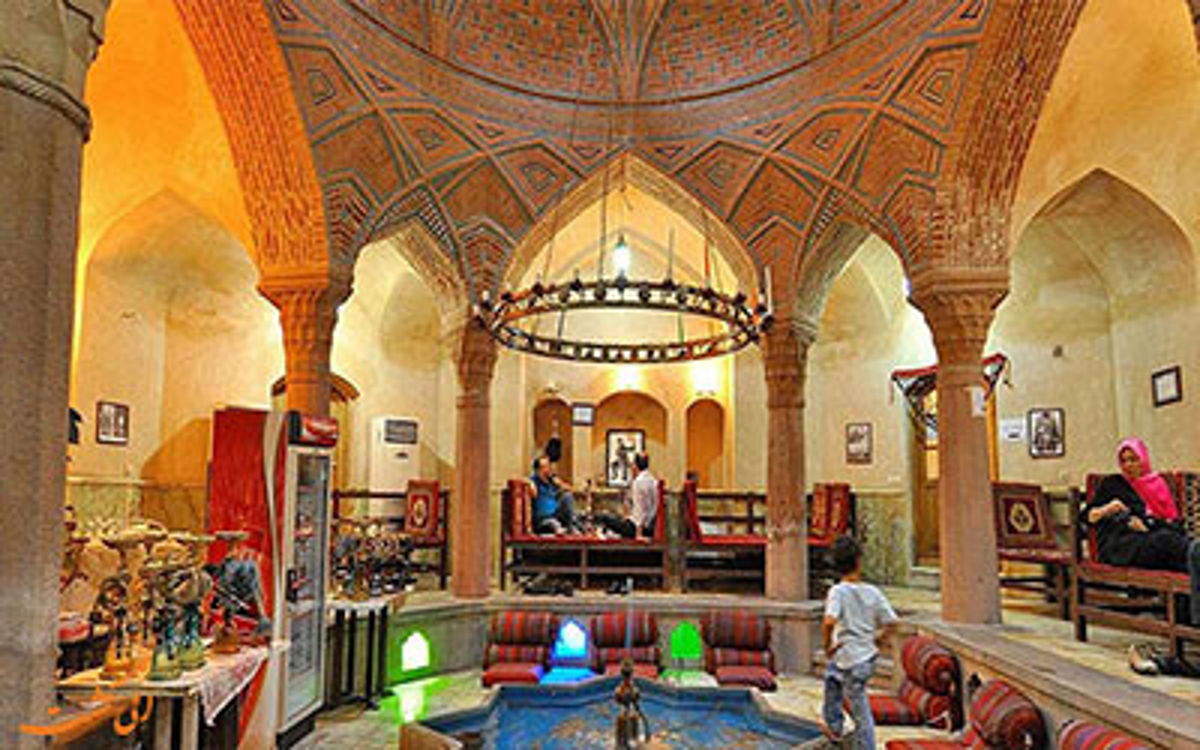



Choose blindless
Red blindless Green blindless Blue blindless Red hard to see Green hard to see Blue hard to see Monochrome Special MonochromeFont size change:
Change word spacing:
Change line height:
Change mouse type:
